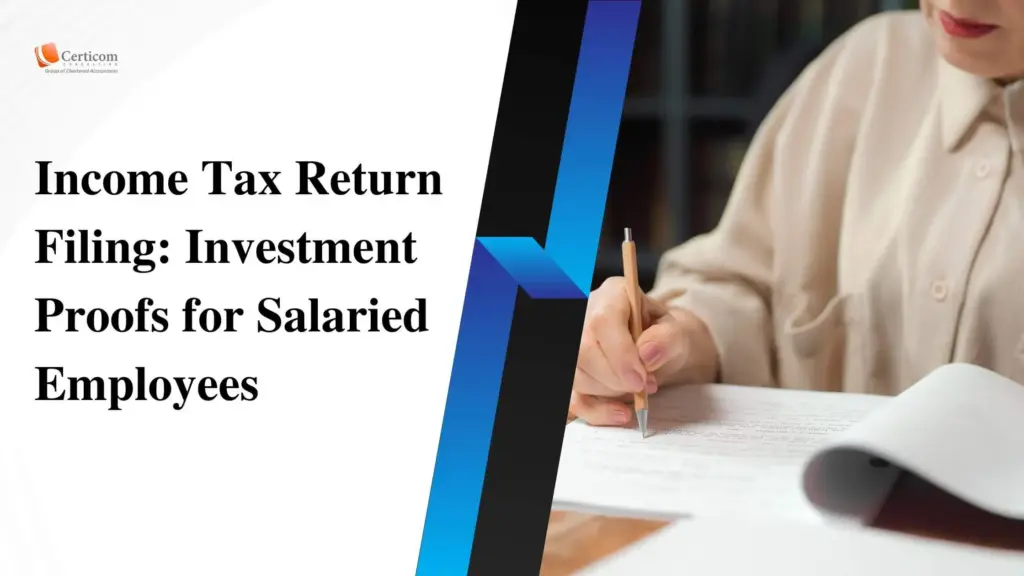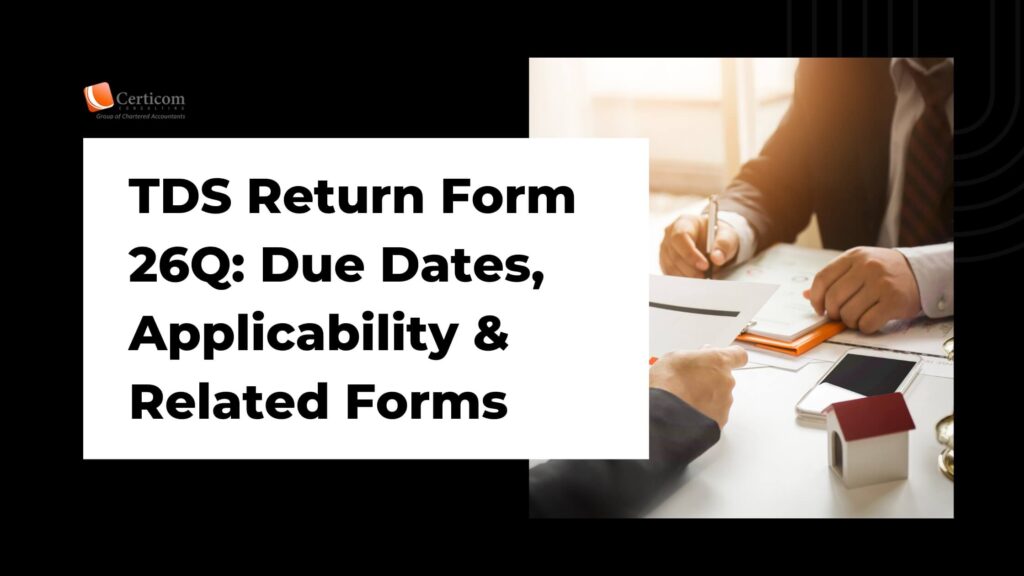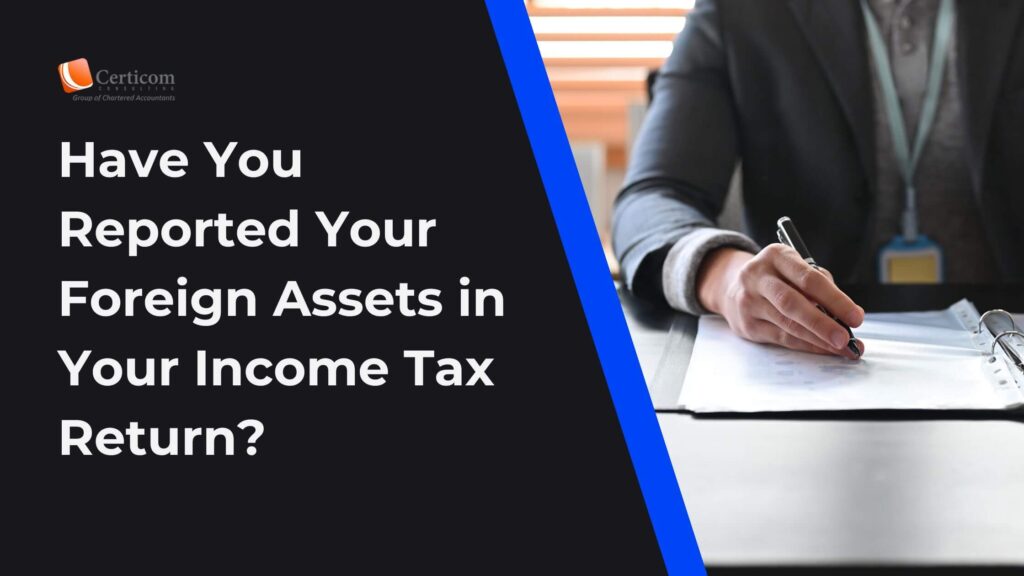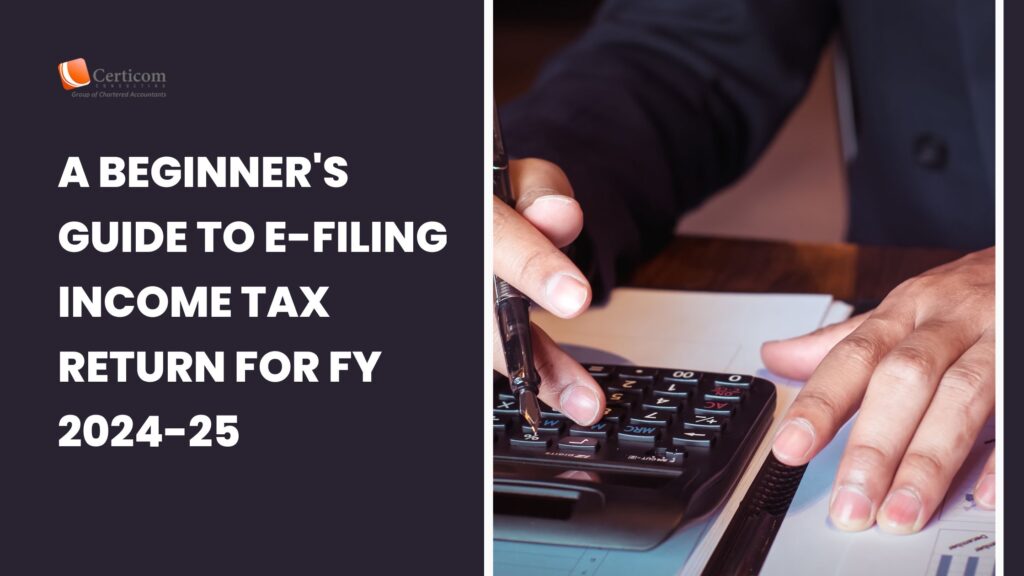Income Tax Return Filing: Investment Proofs for Salaried Employees

As the financial year 2024-25 progresses, employers are requesting salaried employees to submit documentation of their tax-saving investments and expenses. Providing these documents can significantly reduce an individual’s tax liability. Submitting proofs promptly prevents the deduction of full tax amounts from salaries, ensuring that tax-saving investments are considered in the calculation of tax deducted at source (TDS). However, not every salaried employee is required to submit investment documentation.
Who Needs to Submit Investment Proofs?
Salaried employees who have opted for the old tax regime must submit investment proofs to their employers to claim exemptions and deductions. Under this regime, various tax-saving provisions, as outlined in the Income Tax Act, 1961, allow employees to reduce their gross taxable income. By doing so, employees can lower their overall income tax obligations.
In contrast, employees who have chosen the new tax regime do not need to submit investment proofs. Most exemptions and deductions are not available under this regime, simplifying the process.

Benefits of the Old Tax Regime
The old tax regime offers a range of exemptions and deductions. Employees opting for this regime must provide corresponding documentation to claim benefits. Below are some common deductions and the required proofs:
House Rent Allowance (HRA):
Required Documents: Rent agreement and/or rent receipts. For annual rent payments exceeding ₹1 lakh, the landlord’s PAN details are also mandatory.
Section 80C Deductions:
- Allows reduction of gross total income by up to ₹1.5 lakh.
- Eligible Investments/Expenditures: Public Provident Fund (PPF), Employee Provident Fund (EPF), Equity-Linked Savings Schemes (ELSS), National Pension System (NPS) contributions, life insurance premiums, children’s education fees, and housing loan repayments.
Section 80D Deductions:
- Covers health insurance premiums.
- Maximum Deduction: ₹1 lakh (including premiums for parents’ health insurance).
Section 24B Interest Deduction:
Homeowners paying EMIs can claim up to ₹2 lakh for housing loan interest.
Additional NPS Deduction:
An extra deduction of ₹50,000 is available beyond the Section 80C limit. Proof of this investment is required.
The New Tax Regime: Minimal Documentation Required
Under the new tax regime, only two deductions are permitted:
A standard deduction of ₹75,000 from salary/pension income.
A deduction of up to 14% of the basic salary for the employer’s contribution to the NPS.
According to the CBDT’s statement on August 2, 2024, 72% of taxpayers have opted for the new tax regime, highlighting its growing popularity due to simplicity. Importantly, no documentation is required to claim these deductions.

Flexibility in Tax Regime Selection
While employees can switch between tax regimes for TDS during the financial year, employers often discourage such changes due to the administrative burden. However, taxpayers can choose the more beneficial regime when filing their Income Tax Returns (ITR). For the financial year 2024-25, the ITR filing deadline is July 31, 2025. Filing after this date is only permitted under the new tax regime.
Importance of Timely Documentation and Filing
Employees who opt for the old tax regime must maintain comprehensive records of exemptions and deductions. These documents are crucial for verification by tax authorities during assessments. Failing to provide adequate proof may lead to disallowance of claimed deductions and higher tax liabilities.
By understanding the requirements of both tax regimes and adhering to deadlines, salaried individuals can optimize their tax savings and ensure compliance with income tax laws.
Related Post
Have You Reported Your Foreign Assets in Your Income Tax Return?
A Beginner’s Guide to E-Filing Income Tax Return for FY 2024-25
Book A One To One Consultation Now For FREE
How can we help? *




